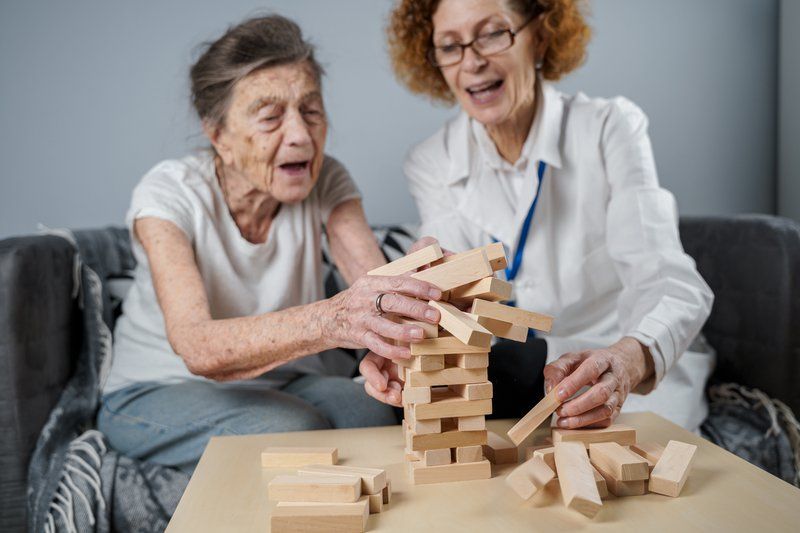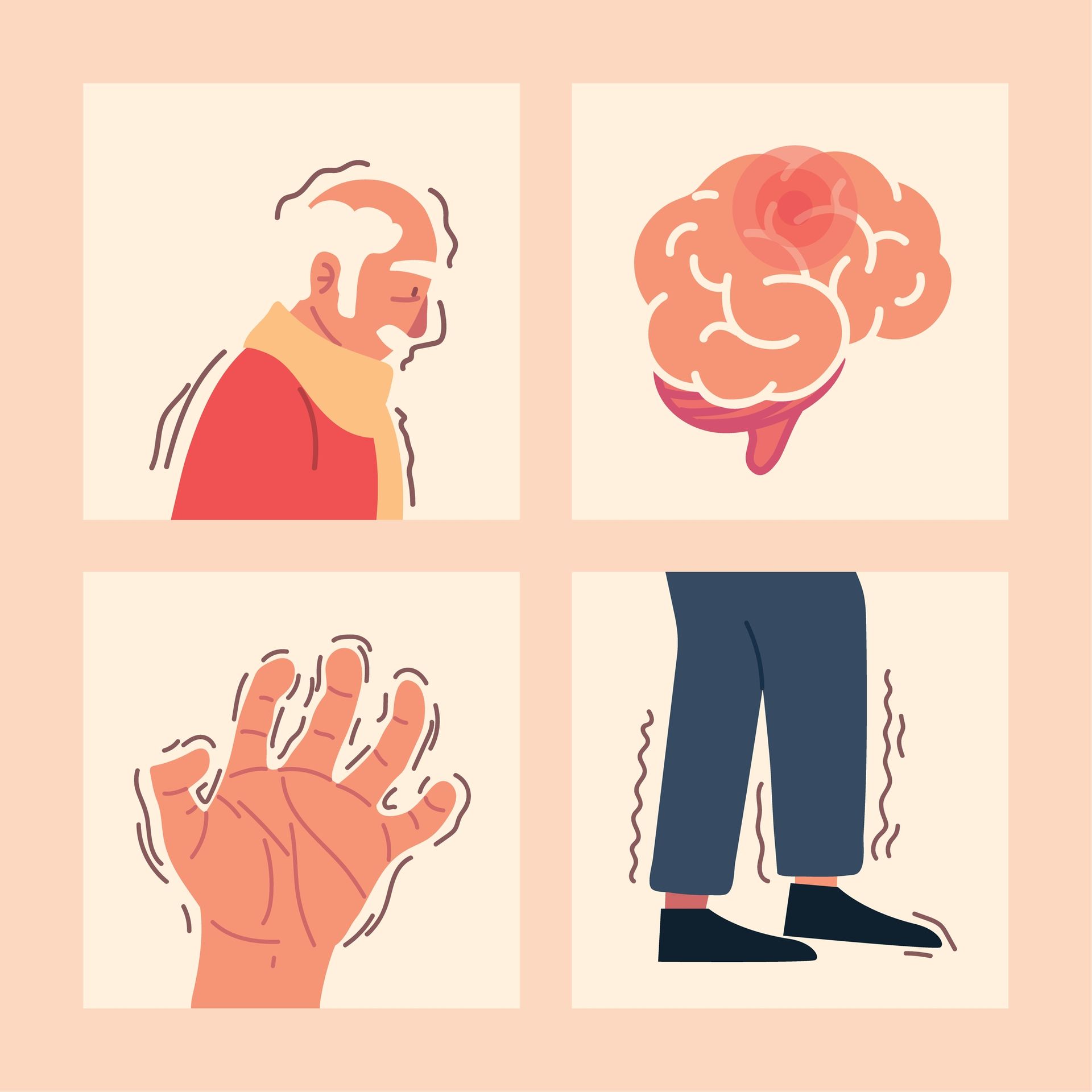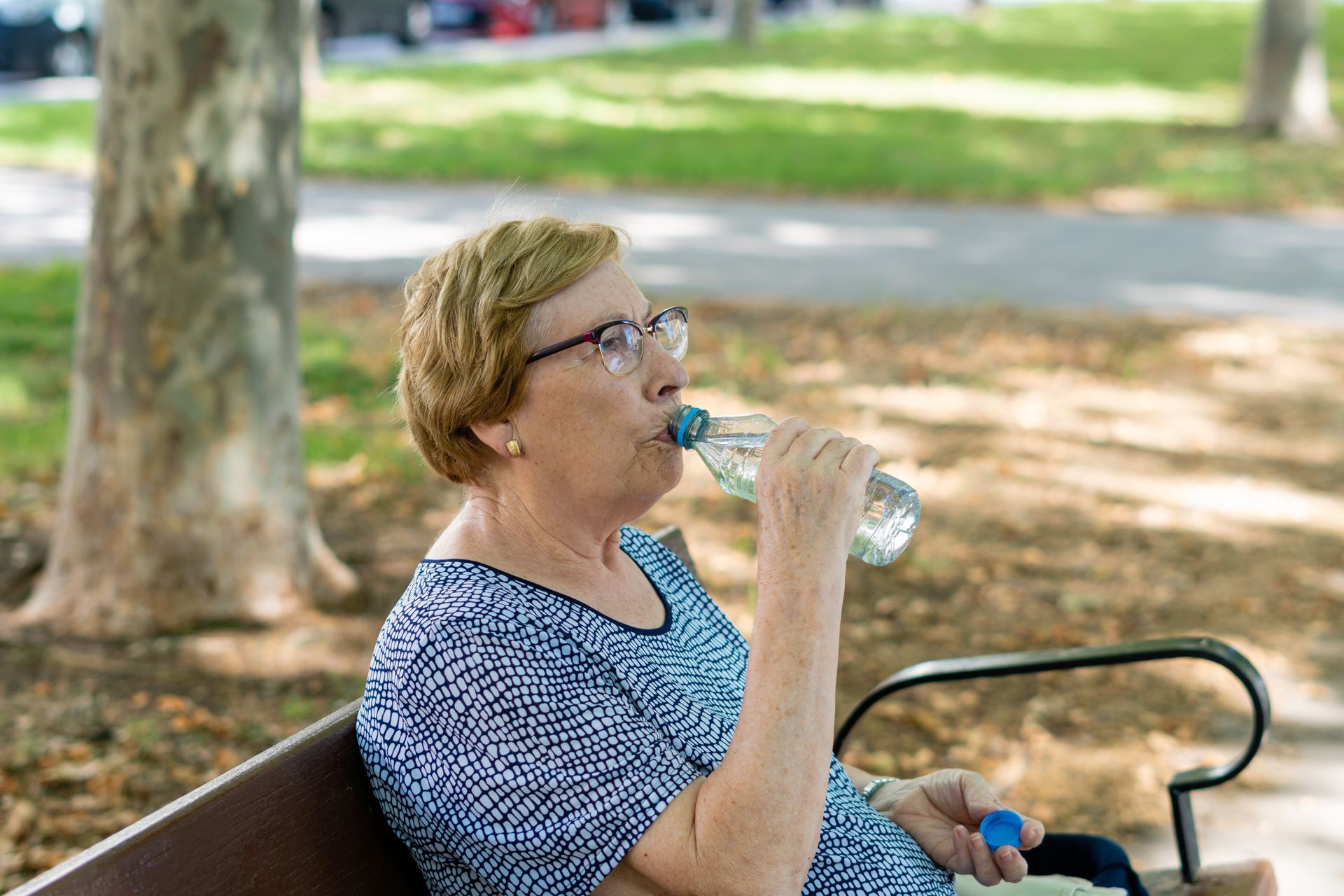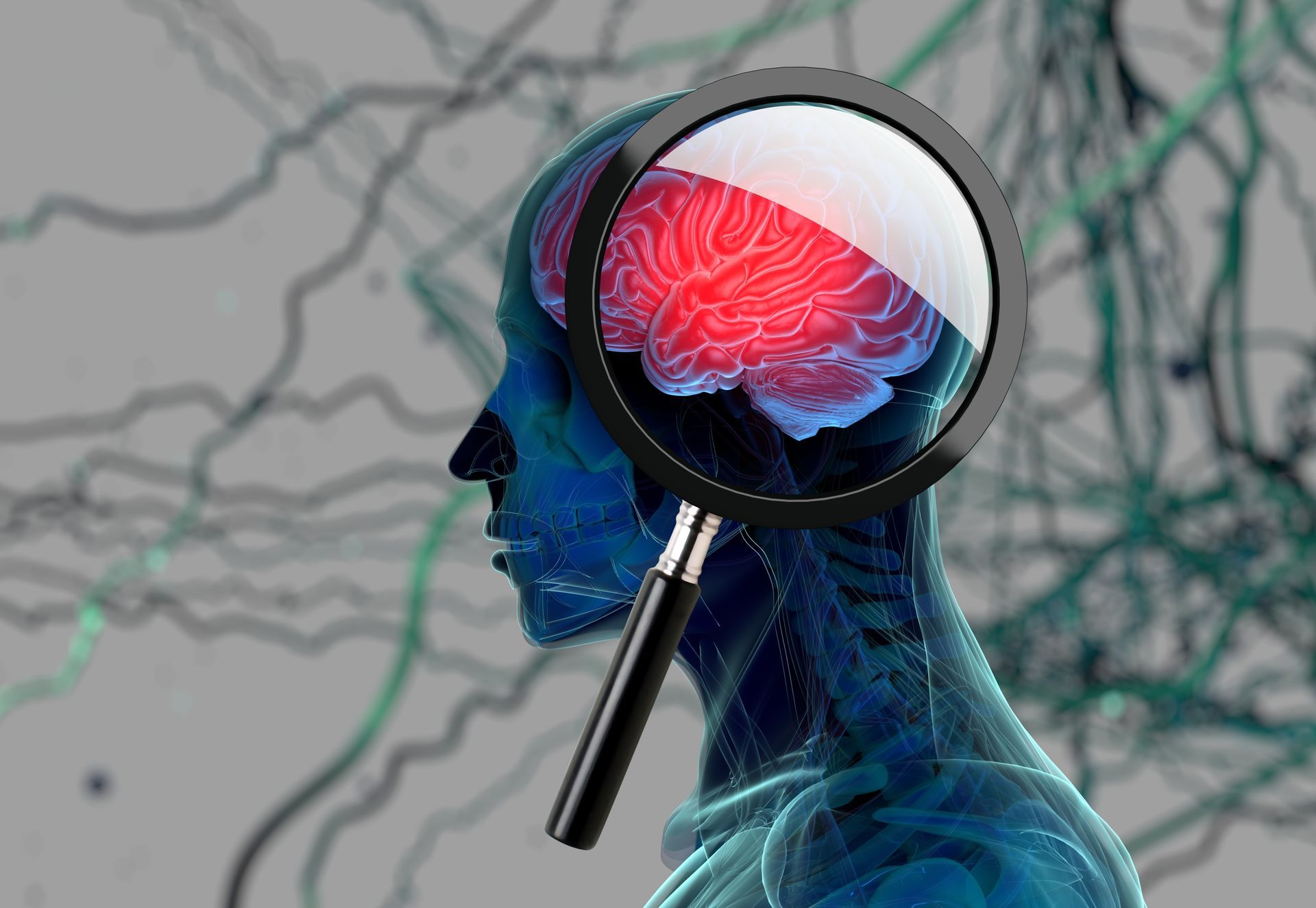BLOG
Why A Personalized Care Plan Matters in Dementia Treatment
Dementia care is a complex and critical aspect of senior living, demanding tailored strategies to ensure the well-being of individuals. In this article, we look into the significance of a personalized care plan in dementia treatment, shedding light on the profound impact of customized approaches on patient outcomes and quality of life. By understanding the specific needs of dementia patients and implementing individualized care plans, we can elevate the standard of care and enhance the overall experience for seniors living with dementia.
Understanding Dementia and Individualized Care
Dementia presents a multifaceted challenge, encompassing a range of cognitive and behavioral symptoms that vary among individuals. Understanding the nuances of this condition is crucial in developing effective care plans that address the unique needs of each patient. Tailored care strategies must consider the progressive nature of dementia, the specific type of dementia diagnosed, and the individual's personal history and preferences.

Challenges in developing a personalized care plan for dementia patients include:
- Varied Symptom Presentation: Dementia symptoms can manifest differently in each individual, requiring personalized approaches to address cognitive decline, memory loss, and behavioral changes.
- Communication Barriers: As dementia progresses, communication abilities may diminish, necessitating specialized techniques to effectively interact with and understand the needs of the individual.
- Caregiver Support: Family dynamics and the availability of caregivers play a significant role in shaping personalized care plans, requiring a comprehensive understanding of the support system surrounding the individual.
In light of these complexities, an individualized care plan for dementia patients must be meticulously crafted to accommodate the unique challenges and needs presented by the condition.
Key Components of Personalized Care Plans
Effective personalized care plans for dementia encompass several key components that are tailored to address the unique needs of each individual. These components are essential in ensuring comprehensive and holistic care for dementia patients.
- Comprehensive Assessment: A thorough evaluation of the individual's cognitive, physical, and emotional status is crucial in developing a personalized care plan. This assessment helps identify specific areas of need and guides the formulation of targeted interventions.
- Individualized Activities: Tailoring activities and engagement strategies to the person's interests, abilities, and cognitive level fosters a sense of purpose and fulfillment, contributing to overall well-being.
- Specialized Communication Techniques: Implementing communication approaches that accommodate the individual's cognitive changes and abilities is vital for effective interaction and understanding.
- Medication Management: Personalized medication plans, including appropriate dosages and schedules, are integral to managing symptoms and promoting stability.
- Family Involvement: Involving family members in the care planning process and providing them with support and education empowers them to contribute to the individual's well-being and quality of life.
By integrating these components into personalized care plans, caregivers and healthcare professionals can optimize dementia management and enhance the overall quality of life for individuals living with dementia.
Benefits of Customized Care Strategies
Individualized care plans in dementia treatment yield a multitude of benefits, significantly impacting the well-being and overall health outcomes of patients. By tailoring care strategies to the specific needs of each individual, the following advantages are realized:
- Enhanced Quality of Life: Personalized care plans address the unique preferences and abilities of dementia patients, promoting a sense of purpose and dignity in their daily lives.
- Improved Emotional Well-being: Tailored approaches contribute to reduced anxiety and agitation, fostering a more positive emotional state for individuals living with dementia.
- Better Symptom Management: Customized care strategies effectively target and manage the diverse symptoms of dementia, leading to improved symptom control and stability.
- Increased Engagement and Social Interaction: Individualized activities and communication techniques encourage meaningful engagement and social interaction, mitigating feelings of isolation and loneliness.
- Family Satisfaction: Personalized care plans provide families with the assurance that their loved ones are receiving tailored, attentive care, alleviating concerns and enhancing satisfaction with the care provided.
These benefits underscore the profound impact of customized care strategies on the holistic well-being of dementia patients, emphasizing the importance of personalized approaches in dementia treatment.
Implementing Personalized Care Plans: Best Practices
Implementing personalized care plans for dementia patients requires adherence to industry best practices and guidelines, ensuring the effective execution of tailored strategies. Key considerations and best practices for developing and implementing personalized care plans include:

- Interdisciplinary Collaboration: Engaging a multidisciplinary team of healthcare professionals, including physicians, nurses, social workers, and therapists, fosters comprehensive and holistic care planning.
- Regular Assessment and Reevaluation: Continuous assessment and reevaluation of the individual's needs and responses to care interventions are essential for adapting and refining personalized care plans over time.
- Individualized Training for Caregivers: Providing caregivers with specialized training and education equips them with the knowledge and skills necessary to implement personalized care strategies effectively.
- Adherence to Ethical and Legal Standards: Ensuring that personalized care plans adhere to ethical and legal standards, including respecting the individual's autonomy and rights, is fundamental in dementia care.
By integrating these best practices into the development and implementation of personalized care plans, caregivers and healthcare professionals can optimize the quality of care provided to individuals living with dementia, ultimately enhancing their overall well-being and quality of life.
A personalized care plan is crucial to effectively addressing the complex needs of individuals living with dementia. By tailoring care strategies to the unique requirements of each patient, caregivers and healthcare professionals can significantly enhance the quality of life, emotional well-being, and overall health outcomes for those affected by dementia.
Embracing industry best practices and guidelines further ensures the seamless execution of tailored strategies, ultimately elevating the standard of care for dementia patients. For more information on personalized care plans and dementia treatment, visit https://www.assuredassistedliving.com/.
When Care Matters! The best care for what matters most. Contact us today, or download our free Family Decision Toolkit guide for more information.















